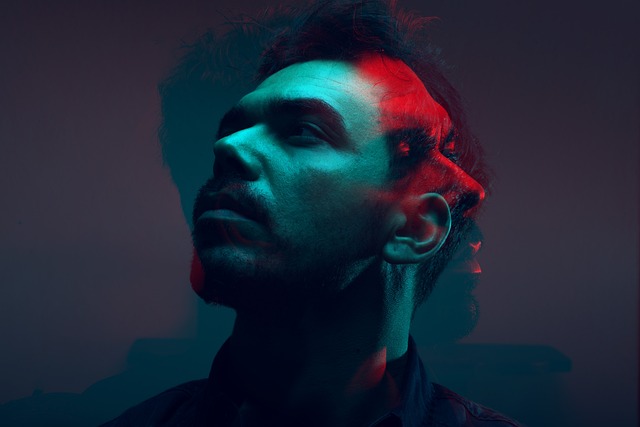Understanding the Basics of Exposure
When it comes to photography, mastering exposure is essential for capturing stunning images that resonate with the viewers. Exposure refers to the amount of light that reaches your camera’s sensor, and it is influenced by three main elements: aperture, shutter speed, and ISO. Each of these elements plays a vital role in how your photographs will turn out, especially when using a zoom lens.
Choosing the Right Aperture
Aperture controls the amount of light entering your camera. With a zoom lens, you often have the ability to adjust the aperture depending on your zoom level. A wider aperture (a lower f-number) allows more light in, which is perfect for low-light conditions. Conversely, a smaller aperture (a higher f-number) can keep more of the scene in focus, which is an excellent choice when you’re capturing landscapes. Remember, zooming in can often result in more light being blocked, so adjust your aperture accordingly.
Mastering Shutter Speed
Shutter speed determines how long the camera’s sensor is exposed to light. A faster shutter speed is perfect for freezing motion, while a slower shutter speed can capture movement, which may suit your creative vision. When using a zoom lens, it’s crucial to find the right balance. If you’re zoomed in and your shutter speed is too slow, you’ll likely end up with a blurry image. Use the rule of thumb: the shutter speed should be at least as fast as the reciprocal of your focal length for a steady shot.
ISO Settings for Perfect Exposure
ISO measures your camera’s sensitivity to light. A lower ISO is ideal for bright conditions, ensuring fewer grains in your images. On the other hand, a higher ISO can help in dimmer settings but at the cost of image quality. When working with a zoom lens, consider your shooting conditions; if you find yourself in a darker environment, it’s wise to increase the ISO incrementally while keeping an eye on noise levels in your shots.
Utilizing the Zoom Capability
Your zoom lens opens a world of possibilities in terms of framing and composition. As you zoom in or out, the light entering the lens changes; it’s essential to adapt your exposure settings with these changes. Practice zooming in on your subject and adjusting your aperture and shutter speed simultaneously. The fluidity of this process will help you develop a better intuitive understanding of how to balance your exposure settings.
Experimenting with Exposure Compensation
Many cameras feature an exposure compensation setting. This is useful when your camera’s metering system does not accurately assess the light in your chosen scene, particularly with a zoom lens that alters the light path. If your images tend to be overexposed or underexposed, don’t hesitate to tweak this setting to enhance your final outcome.
Practical Tips for Capturing Exceptional Shots
- Utilize a tripod: For longer exposures, especially when using a telephoto zoom lens, a stable platform will ensure sharp images.
- Experiment: Don’t shy away from trying out different settings in various lighting conditions. The more you practice, the more you’ll get a feel for how exposure and zoom work together.
- Understand your limits: Know the focal limitations of your lens and how those affect depth of field and exposure requirements.
Learning to master exposure with your zoom lens can truly elevate your photography skills. By understanding and adjusting the key elements of exposure – aperture, shutter speed, and ISO – you’ll gain the confidence to create stunning images that convey the emotions and beauty you wish to capture. Happy shooting!



